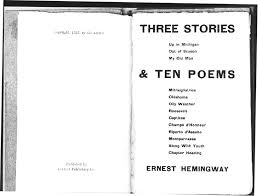This self-funded project is in memory of my Grandfather, who was an Old Contemptible with the Royal Field Artillery who survived, and my two Great Uncles who lost their lives in WW1.
I began researching WW1 in 2012 for an exhibiton of Female Poets of the First World War, requested by Dean Johnson, founder of the Wilfred Owen Story museum (The WOS), Wirral, UK. Once the exhibition was on display, I just continued researching, adding other headings. Inspirational Women of WW1 came about when I stumbled on the story of Canadian artist Mary Riter Hamilton, commissioned in early 1919 by the Canadian Amputees Association to go and paint the aftermath in France and Belgium. Philip Gosse, MD, a General Practitioner in Britain was the Official Rat Catcher Officer of the British Second Army on the Western Front, which brought about Fascinating Facts of the Great War. Realisation that Wilfred Owen, Siegfried Sassoon and Robert Graves were not the only male soldier poets of WW1, prompted me to start researching Forgotten Poets of the First World War. I am now researching lesser-known artists of WW1.
Exhibition panels are e-mailed free of charge to anyone wishing to host an exhibition. Exhibitions have been held in a wide variety of locations throughout the UK, as well as in Cork University, Ireland and in Delaware University, USA, and panels have been sent to schools. If you know of a venue that would like to display panels, please ask them to contact me and I will send them the list of panels researched so far.
If you are interested in exhibiting any of the panels researched so far, a full list of panels available will be sent on request. Some of the panels have been put into book form – please see http://www.poshupnorth.com/ for details.
LUCY LONDON
Commemorative First World War Exhibition Project
www.fascinatingfactsofww1.blogspot.co.uk
www.inspirationalwomenofww1.blogspot.co.uk
www.femalewarpoets.blogspot.co.uk
www.forgottenpoetsofww1.blogspot.co.uk
http://lesserknownartists.blogspot.com/
https://worldofnadjamalacrida.blogspot.com/
http://greatwargraves.blogspot.com/
Also on Facebook:
https://www.facebook.com/Inspirational-Women-of-World-War-One-187332758143199/
https://www.facebook.com/femalepoetsofthefirstworldwar/
https://www.facebook.com/forgottenpoetsofww1/
https://www.facebook.com/fascinatingfactsofww1/
https://www.facebook.com/groups/385353788875799/











